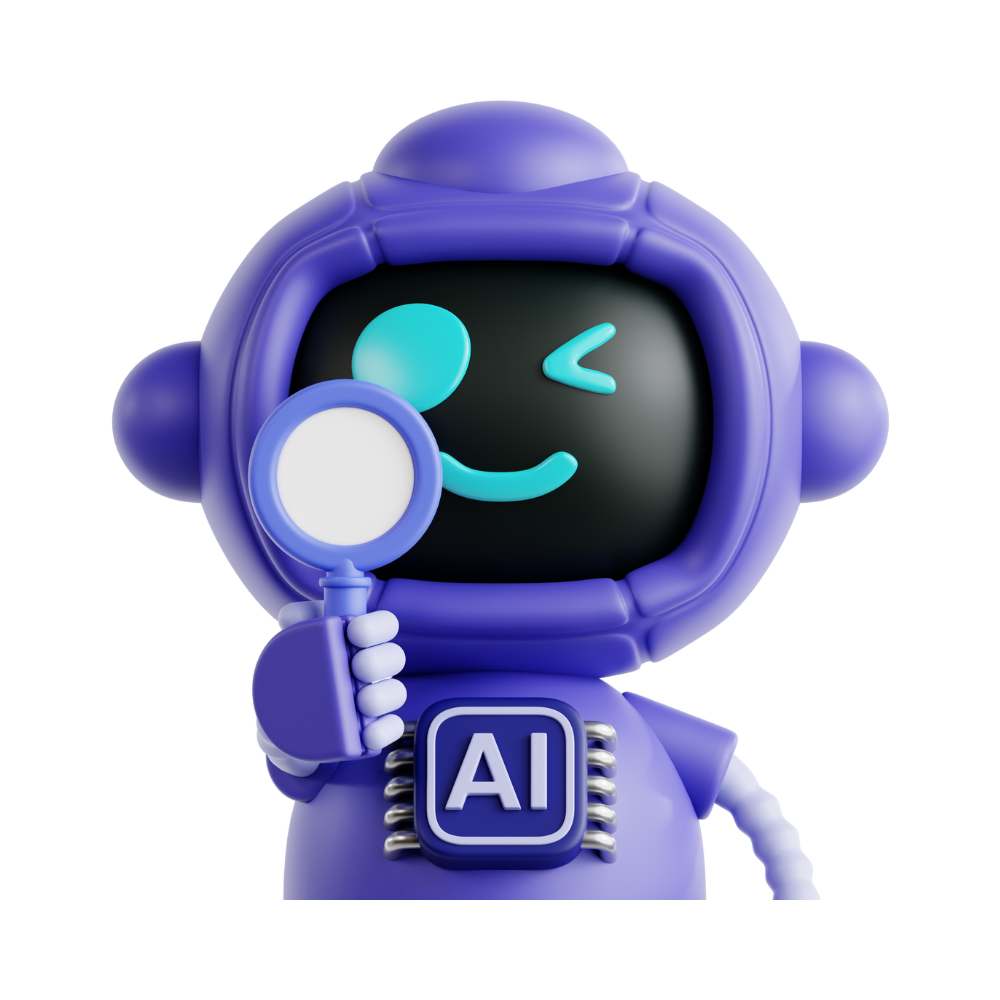SaaS >>>> AgentSaaS
“There is a paradigm shift happening, and Organizations must adapt immediately”
“software-as-a-service” for people, to “service-as-a-software” powered by AI Agents
Key Differences
From static software to autonomous agents – Agents execute tasks instead of users.
From manual workflows to AI-driven automation – Agents predict and act dynamically.
From dashboards to decision-making AI – Agents make real-time choices.
From single tools to multi-agent collaboration – Agents work across domains.
How AaaS Works
AI & ML-powered agents – Learn, adapt, and automate tasks.
Multi-cloud & edge execution – Agents run in distributed environments.
API & event-driven integration – Agents connect with SaaS tools.
Autonomous decision-making – Agents optimize workflows.
Human-in-the-loop (HITL) – Ensures quality control when needed.
Use Cases
AI DevOps Agents – Automate scaling, security, and self-healing.
Customer Support Agents – AI chatbots and automated issue resolution.
Sales & Marketing Agents – Lead scoring, outreach, and deal closing.
IT Operations Agents – Incident response, anomaly detection.
Data Orchestration Agents – Automate ETL, pipelines, and analytics.
Design Patterns
Autonomous Workflow Orchestration – From workflows to self-driving AI agents that act, adapt, and optimize.
Intent-Based Interaction Model – Users set goals, agents deliver outcomes—no manual ops needed.
Agentic Multi-Tenancy & Autonomy – AI agents learn per tenant, evolve globally.
Real-Time Decision-Making Agents – SaaS reacts, AaaS predicts and acts in real time.
Self-Optimizing AI Feedback Loops – Agents continuously learn, refine, and self-improve.





